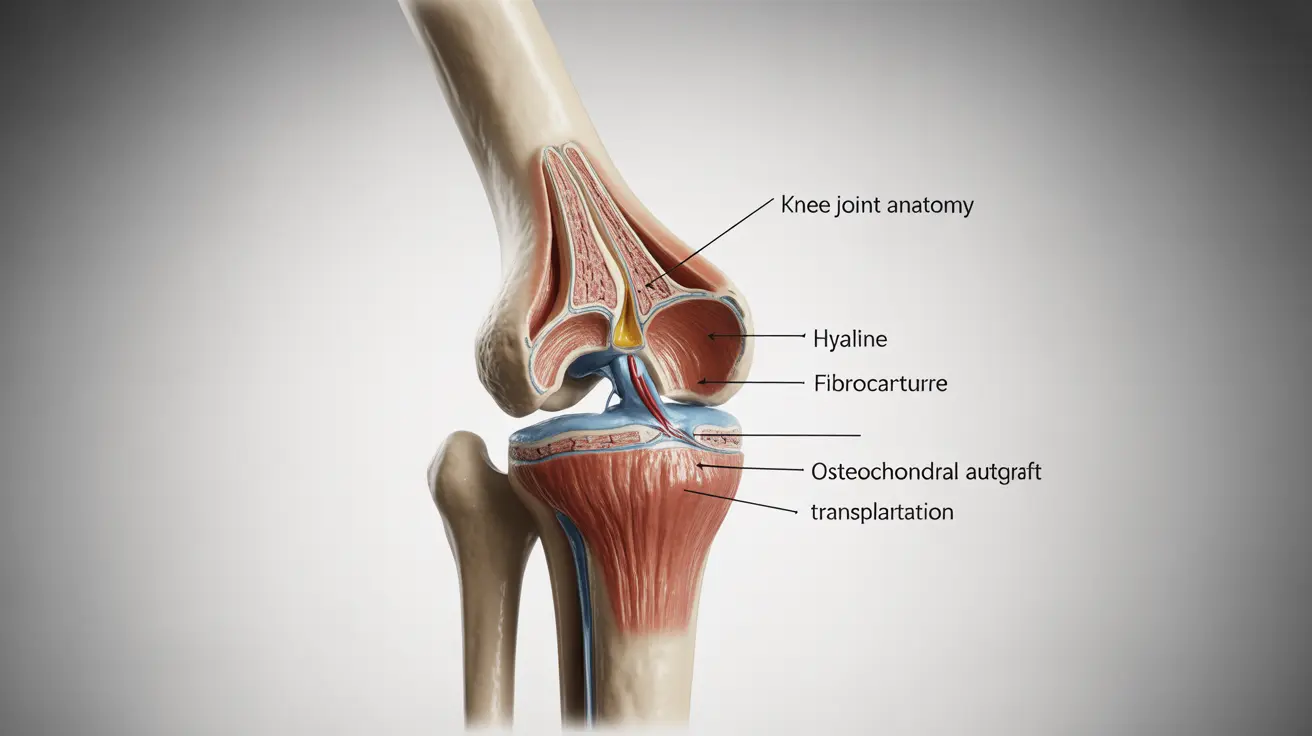Blood tests are critical in diagnosing and managing anemia. Here’s how they help:
- Complete Blood Count (CBC):
- Hemoglobin and Hematocrit Levels: Measures the concentration of hemoglobin and the percentage of red blood cells in the blood. Low levels indicate anemia.
- Red Blood Cell Count and Indices: Evaluates the number and size of red blood cells (mean corpuscular volume, MCV). Helps differentiate between types of anemia, such as microcytic (small cells) and macrocytic (large cells).
- Iron Studies:
- Serum Iron and Ferritin Levels: Measures the amount of iron in the blood and stored iron. Low levels suggest iron-deficiency anemia.
- Total Iron-Binding Capacity (TIBC) and Transferrin Saturation: Assesses the blood’s capacity to transport iron. High TIBC and low transferrin saturation indicate iron deficiency.
- Vitamin B12 and Folate Levels:
- Low levels of vitamin B12 or folate can lead to megaloblastic anemia, where red blood cells are larger than normal but fewer in number.
- Reticulocyte Count:
- Measures young red blood cells in the blood. A low count may suggest decreased bone marrow activity, while a high count indicates increased red blood cell production, possibly as a response to treatment.
- Peripheral Blood Smear:
- Examines the shape and appearance of red blood cells. Abnormal shapes can indicate specific types of anemia, such as sickle cell anemia or spherocytosis.
- Additional Tests:
- Lactate Dehydrogenase (LDH) and Haptoglobin Levels: Elevated in hemolytic anemias where red blood cells are destroyed prematurely.
- Bilirubin Levels: Increased in anemias due to red cell breakdown.
Diagnosis and Treatment:
- Iron-Deficiency Anemia: Treated with iron supplements and dietary modifications.
- Vitamin B12/Folate Deficiency: Managed with vitamin supplements and addressing dietary deficiencies.
- Hemolytic Anemias: May require medications to control immune response or blood transfusions.
Regular blood tests are vital in monitoring treatment effectiveness and adjusting interventions as necessary. They provide a comprehensive view of the patient’s progress and help ensure optimal management of anemia.
c) Recommended Tests:




